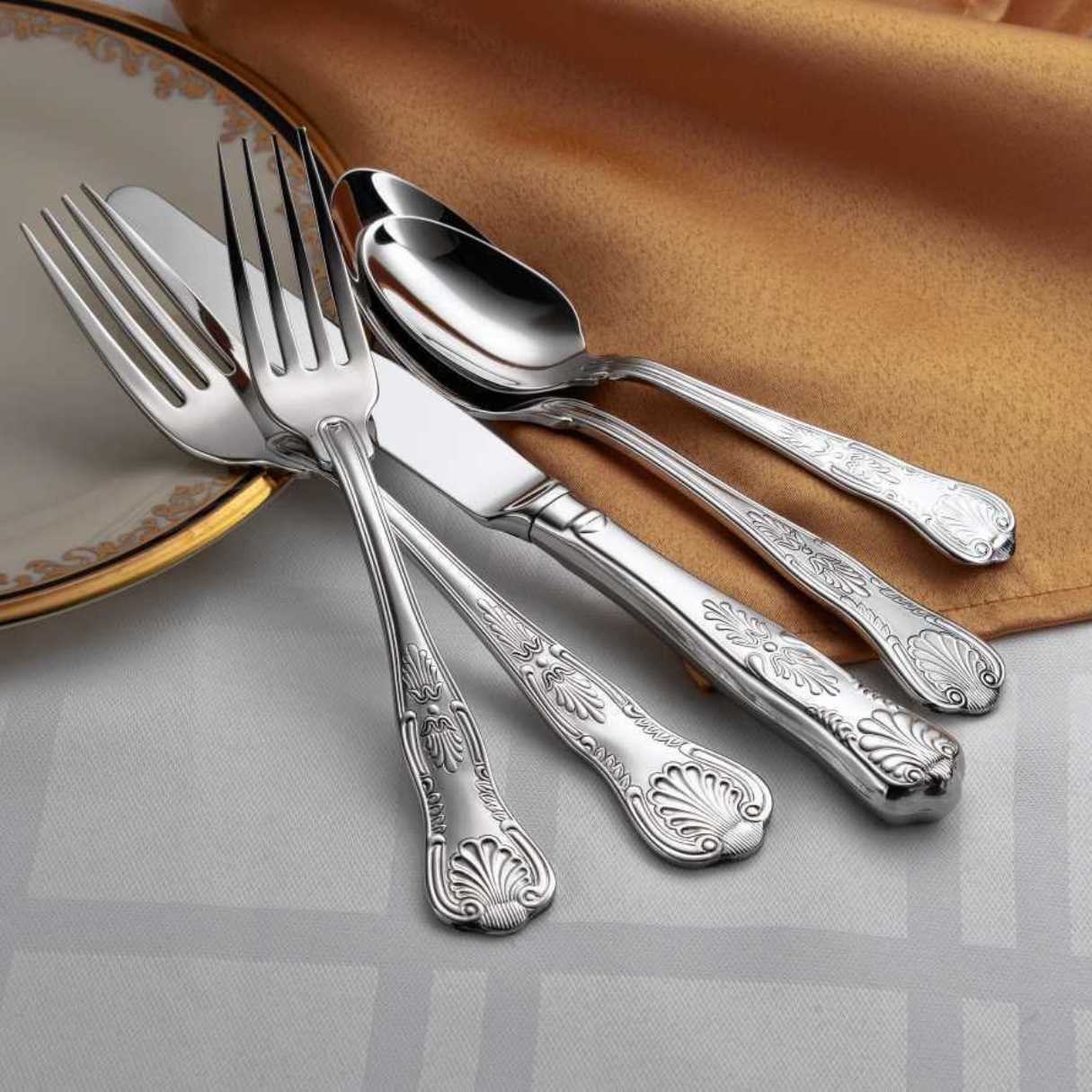

Tableware
How To Choose Good Silverware
Modified: October 20, 2024
Discover the importance of good silverware for your tableware collection. Enhance your dining experience with high-quality utensils that exude elegance and functionality.
(Many of the links in this article redirect to a specific reviewed product. Your purchase of these products through affiliate links helps to generate commission for Storables.com, at no extra cost. Learn more)
Introduction
Tableware, also known as silverware or cutlery, plays an essential role in our daily lives. Whether we’re enjoying a family meal, hosting a dinner party, or dining out at a restaurant, the choice of tableware can greatly impact our dining experience. The right silverware not only enhances the aesthetic appeal of the table setting but also contributes to the overall enjoyment of the meal.
In this article, we will delve into the world of silverware, exploring its history, different types, factors to consider when choosing the perfect set, proper etiquette for using silverware, tips for cleaning and maintaining it, and some popular brands that have made their mark in the industry.
So, whether you’re a tableware enthusiast, a host looking to upgrade your dining experience, or simply someone curious about the world of silverware, read on to discover the fascinating and intricate details of this essential component of our dining culture.
Key Takeaways:
- Silverware has a rich history, evolving from a luxury for the elite to an essential element of dining. Understanding its cultural significance enhances the appreciation of craftsmanship and artistry.
- Choosing silverware involves considering material, design, and functionality. Proper etiquette, cleaning, and maintenance are crucial for preserving its elegance and longevity. Popular brands offer diverse styles to suit individual preferences.
Read more: How To Choose A Good Showerhead
History of Silverware
The use of silverware can be traced back to ancient civilizations, where early forms of cutlery were made from materials such as wood, bone, and stone. However, it was the advent of metalworking that revolutionized the world of tableware.
The use of silver as a precious metal for tableware can be attributed to the ancient Egyptians. They were the first to create intricate silver utensils, often adorned with elaborate engravings and motifs. These exquisite pieces were primarily reserved for the wealthy and elite.
In ancient Rome, silverware became increasingly popular, with the affluent members of society flaunting their wealth through extravagant silver utensils. The Romans also introduced the concept of place settings, where each individual had their own set of eating utensils, including knives, spoons, and forks.
During the Middle Ages, silverware continued to evolve, with elaborate designs and craftsmanship becoming even more prominent. European royals and aristocrats commissioned highly skilled silversmiths to create ornate and decorative silverware, often adorned with precious stones and intricate engravings.
In the 17th and 18th centuries, silverware became a symbol of wealth and social status. The Rococo and Baroque periods saw an explosion of intricate silver designs, with ornate patterns and elaborate motifs becoming the hallmark of fine silverware.
The Industrial Revolution in the 19th century brought significant advancements in manufacturing techniques, making silverware more accessible to the middle class. Mass production allowed for the creation of more affordable silverware options, expanding its popularity and widespread use.
In the 20th century, silverware designs became more streamlined and minimalist, reflecting the modern aesthetic. Stainless steel emerged as a popular alternative to traditional silver cutlery, offering durability and ease of maintenance.
Today, silverware comes in a wide variety of styles, from classic and traditional to contemporary and sleek. It continues to be an essential element of table settings, adding elegance and sophistication to any dining experience.
The rich history of silverware showcases its evolution from a luxury reserved for the elite to a functional and stylish accessory that enhances our dining experiences. Its journey throughout the centuries reflects the cultural and societal changes that have shaped our attitudes towards dining and tableware.
Types of Silverware
Silverware encompasses a wide range of utensils and cutlery that serve various purposes during a meal. Understanding the different types of silverware will not only help you set a proper table but also enhance your overall dining experience. Here are some common types of silverware:
- Knives: Knives are an essential part of silverware and come in different varieties. Dinner knives are typically used for cutting and are characterized by a sharp, serrated blade. Butter knives have a blunt edge and are used for spreading butter or other spreads. Steak knives are specifically designed with a sharp, pointed blade for cutting through meat.
- Forks: Forks are another crucial component of silverware. Dinner forks are the most commonly used forks, with four tines and a sturdy design for picking up various food items. Salad forks are smaller and have fewer tines, making them ideal for lighter dishes like salads. Dessert forks are smaller in size and often have a longer handle for easy handling when enjoying sweet treats.
- Spoons: Spoons come in different sizes and shapes to accommodate various purposes. Tablespoons are the largest spoons and are used for serving larger portions of food. Teaspoons are smaller and used for stirring hot beverages or adding sugar to tea or coffee. Soup spoons have a rounder and deeper bowl, making them suitable for enjoying soups and stews. Dessert spoons are similar in size to tablespoons but often have a slightly different shape.
- Utensil Sets: Utensil sets are comprehensive silverware collections that include a variety of utensils necessary for a complete dining experience. These sets typically include a combination of knives, forks, and spoons, serving the needs of different courses in a meal.
- Serving Utensils: Serving utensils are specifically designed for serving food from large dishes or bowls. They include items such as serving spoons, serving forks, and ladles. These utensils are often larger in size and have long handles for ease of use when transferring food to individual plates.
- Specialty Utensils: There are also specialty utensils designed for specific purposes. These include seafood forks, which have a smaller size and a pick-like end for extracting meat from shells, and grapefruit spoons, which feature a serrated edge for easily scooping out sections of fruit.
Choosing the right type of silverware for your specific needs and occasions is crucial. It not only ensures practical functionality but also adds a touch of elegance and sophistication to your dining table.
Factors to Consider when Choosing Silverware
When selecting silverware, there are several important factors to consider that can greatly enhance your dining experience. From the material and design to the weight and feel, here are some key factors to keep in mind:
- Material: Silverware can be made from a variety of materials, including silver-plated, stainless steel, and sterling silver. Silver-plated silverware offers an elegant appearance at a more affordable price point, while stainless steel is durable, easy to maintain, and resistant to tarnish. Sterling silver is the most luxurious option, known for its high quality and lustrous appearance, but it requires more maintenance to avoid tarnishing.
- Design: Consider the design of the silverware to complement your personal style and the overall aesthetic of your dining table. Choose from classic, ornate designs or contemporary, minimalist styles based on your preferences and the ambiance you want to create.
- Weight: The weight of silverware can greatly impact your dining experience. Heavier silverware often feels more substantial and luxurious, while lighter silverware can be easier to handle. Consider your personal preference and how the weight of the silverware will suit your needs.
- Comfort: The ergonomics of silverware can significantly affect your comfort while dining. Pay attention to the handle design, grip, and balance of the utensils to ensure they are comfortable to hold and use for extended periods.
- Functionality: Consider the various functionalities of silverware, such as cutting, scooping, and serving. Ensure that the knives have a sharp blade and the spoons are deep enough for soups and sauces. Additionally, check if the silverware is dishwasher safe, which can make cleaning and maintenance more convenient.
- Matching Sets: If you prefer a cohesive look, choose silverware that matches your existing tableware or opt for a complete matching set. This will create a visually appealing and harmonious table setting.
- Budget: Determine your budget before beginning your search for silverware. Silverware prices can vary greatly depending on the material, brand, and craftsmanship. Set a realistic budget and explore options that fit within your range.
By considering these factors when selecting your silverware, you can ensure that you invest in a set that not only meets your functional needs but also adds an elegant touch to your dining occasions.
When choosing good silverware, look for 18/10 stainless steel for durability and resistance to rust and corrosion. Pay attention to weight, balance, and design for a comfortable dining experience.
Proper Etiquette for Using Silverware
Using silverware properly is not just about functionality but also about adhering to proper dining etiquette. Here are some guidelines to follow when using silverware:
- Placement: Silverware is typically arranged in a specific order on the table. The general rule is that forks are placed on the left side of the plate, with the smaller salad fork placed on the outside and the larger dinner fork closer to the plate. Knives and spoons are placed on the right side, with the knife being placed to the right of the plate and the spoon on the outside.
- Order of Use: When dining, silverware is used from the outside in. Start with the utensils farthest from the plate and work your way in as each course is served. This ensures that you’re using the appropriate utensils for each course and maintains proper table setting etiquette.
- Usage Technique: Use your silverware with finesse and precision. Hold knives with your dominant hand and forks with your non-dominant hand. When cutting food, hold the knife firmly and use the sharpened edge to cut, while using the fork to steady the food. Take small and manageable bites, and chew with your mouth closed.
- Placement when Finished: Once you’ve finished a course, place your utensils separately on the side of your plate. This indicates to the servers that you have finished and allows them to clear your plate. Avoid placing used utensils on the tablecloth or on the table itself.
- Napkin Usage: Use your napkin properly throughout the meal. Place it on your lap as soon as you sit down and use it to gently blot your mouth as needed. When leaving the table temporarily, loosely fold your napkin and place it to the left or right of your plate.
- Engaging in conversation: While dining, engage in pleasant conversations and avoid using silverware as a means of non-verbal communication. Avoid tapping utensils, scraping plates, or pointing with silverware, as these actions can be considered impolite.
- Respect for Others: Remember to be mindful of others at the table. Wait for everyone to be served before beginning to eat and pace your eating to match the speed of others. Avoid reaching across another person’s plate and pass dishes to others using the appropriate serving utensils.
By following these proper etiquette guidelines when using silverware, you can ensure a refined and enjoyable dining experience while showing respect for the established norms and traditions of table manners.
Read more: Factors To Consider When Choosing Silverware
Cleaning and Maintaining Silverware
Proper cleaning and maintenance are essential to keep your silverware looking its best and to preserve its quality over time. Here are some tips to help you effectively clean and maintain your silverware:
- Hand Washing: It’s generally recommended to hand wash your silverware to avoid potential damage in the dishwasher. Use a mild dishwashing soap and warm water to gently clean each piece. Avoid abrasive scrubbers or harsh chemicals that may scratch or tarnish the silver surface.
- Drying: After washing, dry the silverware with a soft cloth immediately to prevent water spotting and tarnish. Avoid air drying, as moisture can leave marks or cause tarnish to develop.
- Tarnish Removal: Over time, silverware may develop tarnish, which is a natural process caused by exposure to air and certain substances. To remove tarnish, you can use a silver polish specifically designed for silverware. Follow the instructions on the polish and use a soft cloth to gently buff the silverware to restore its shine.
- Storage: Proper storage is crucial to prevent damage and minimize tarnishing. Store your clean and dry silverware in a tarnish-resistant cloth or anti-tarnish pouch to protect it from air and moisture. Keep the silverware away from direct sunlight and avoid storing it near sources of heat or chemicals.
- Regular Use: Regularly using your silverware can actually help prevent tarnish, as the natural oils from your hands can provide a protective barrier. So, don’t hesitate to use your silverware on a regular basis rather than storing it away for special occasions.
- Avoiding Harmful Substances: Avoid exposing your silverware to substances that can cause damage, such as acidic foods, salt, and harsh cleaning agents. These substances can tarnish or corrode the silver surface, so it’s best to clean any residue immediately after use.
- Professional Cleaning: If your silverware has extensive tarnish or requires deep cleaning, consider taking it to a professional silversmith or jeweler who specializes in silverware restoration. They can professionally clean, polish, and repair your silverware to restore its original beauty.
By following these cleaning and maintenance practices, you can ensure that your silverware remains in excellent condition, retaining its luster and beauty for years to come.
Popular Brands of Silverware
When it comes to silverware, there are several reputable brands that have earned a reputation for producing high-quality and stylish pieces. Here are some popular brands known for their exceptional silverware:
- Oneida: Oneida has been a trusted name in the silverware industry for over 100 years. Known for their craftsmanship and innovative designs, Oneida offers a wide range of silverware options, from classic and elegant styles to modern and contemporary designs.
- Lenox: Lenox is renowned for its exquisite tableware, including silverware. With a focus on fine materials and timeless designs, Lenox silverware is often characterized by intricate detailing and superior craftsmanship. Lenox offers a variety of silverware collections to suit different tastes and occasions.
- WMF: WMF is a prominent German brand known for its exceptional quality and cutting-edge designs. With a long history dating back to 1853, WMF offers a diverse range of silverware, combining elegance with functionality. Their silverware sets are crafted from high-quality stainless steel, ensuring durability and a long-lasting shine.
- Reed & Barton: Reed & Barton has been producing silverware since 1824 and is recognized for its exquisite designs and mastery of silver craftsmanship. Their silverware collections feature classic patterns as well as modern designs, all crafted with meticulous attention to detail and quality.
- Gorham: Gorham is a renowned American brand that has been creating silverware since 1831. Known for their sterling silver and silver-plated silverware, Gorham offers a wide range of designs, from traditional and ornate to sleek and contemporary. Gorham silverware is highly regarded for its exquisite artistry and timeless elegance.
- Christofle: Christofle is a prestigious French brand that has been producing luxury silverware since 1830. With a dedication to craftsmanship and innovation, Christofle offers silverware that blends tradition with contemporary aesthetics. Their collections showcase elegant and refined designs, often featuring intricate patterns and detailed workmanship.
- Pfaltzgraff: Pfaltzgraff is a popular American brand known for its affordable and versatile silverware. With a wide range of patterns and designs, Pfaltzgraff offers options to suit various table settings and personal styles. Their silverware collections combine functionality with stylish designs, making them a popular choice for everyday use.
These are just a few examples of popular brands in the silverware industry. When exploring different brands, consider your personal style, budget, and desired level of craftsmanship to find the perfect silverware that suits your needs and enhances your dining experience.
Conclusion
Silverware, also known as tableware or cutlery, is an integral part of our dining experiences. From ancient civilizations to modern times, silverware has evolved from a luxury reserved for the elite to an essential item found in households around the world. The choice of silverware not only adds a touch of elegance to our meals but also enhances the overall dining experience.
Understanding the history and different types of silverware allows us to appreciate the craftsmanship and artistry that goes into creating these pieces. Whether it’s the intricate engravings of ancient Egyptian silverware or the sleek and contemporary designs of today, silverware reflects both the cultural aspects and the societal changes that shape our dining customs.
When choosing silverware, it’s essential to consider factors such as material, design, weight, and comfort. Each of these elements contributes to the overall functionality and aesthetics of the silverware, allowing us to tailor our choices to our personal preferences and needs.
Following proper etiquette when using silverware maintains a sense of grace and respect during meals. From table placement to proper usage techniques and engaging in polite conversation, observing dining etiquette adds an extra level of sophistication to any mealtime gathering.
To keep silverware looking its best, cleaning and maintenance are crucial. Gentle handwashing, proper drying, and regular polishing help prevent tarnish and preserve the shine and beauty of the silverware. Storing silverware correctly and using it regularly also helps maintain its quality and longevity.
Finally, there are numerous popular brands known for their exceptional silverware collections. From timeless classics to modern designs, each brand brings its unique style and craftsmanship to the table, allowing us to find the perfect silverware that suits our taste and style.
In conclusion, silverware is not just a functional tool; it is an expression of style, elegance, and tradition. By understanding the history, types, and intricacies of silverware, we can bring a refined and sophisticated touch to our dining experiences, creating memorable moments and enjoying the artistry that is tableware.
Frequently Asked Questions about How To Choose Good Silverware
Was this page helpful?
At Storables.com, we guarantee accurate and reliable information. Our content, validated by Expert Board Contributors, is crafted following stringent Editorial Policies. We're committed to providing you with well-researched, expert-backed insights for all your informational needs.
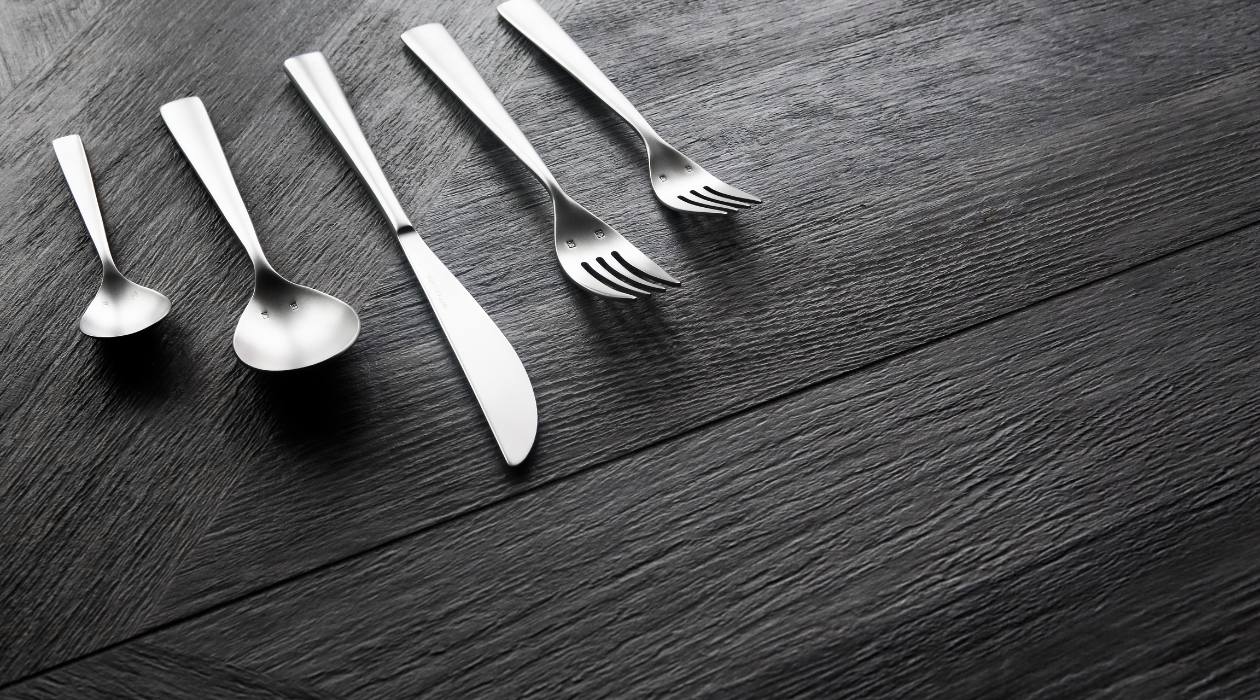
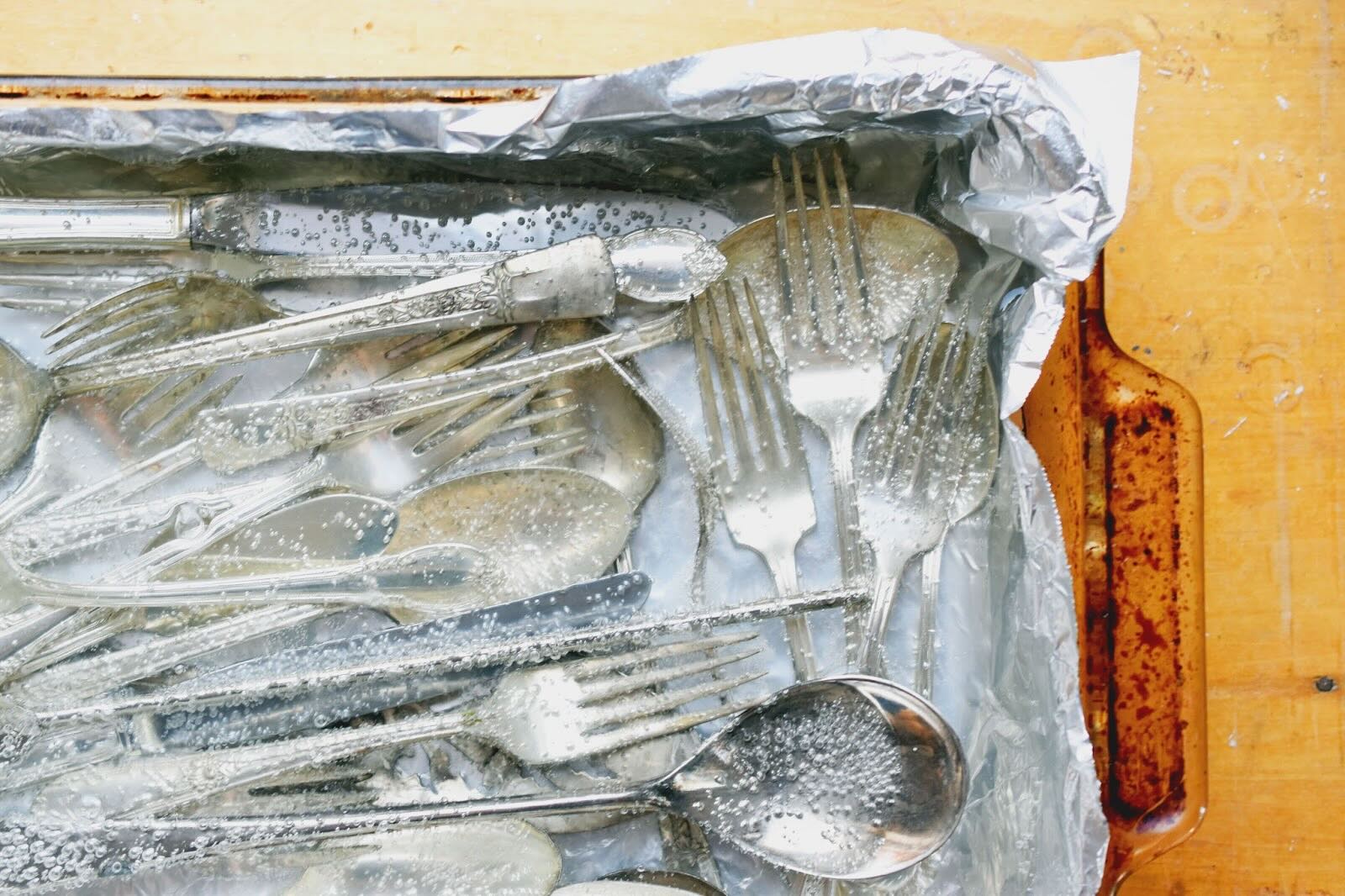
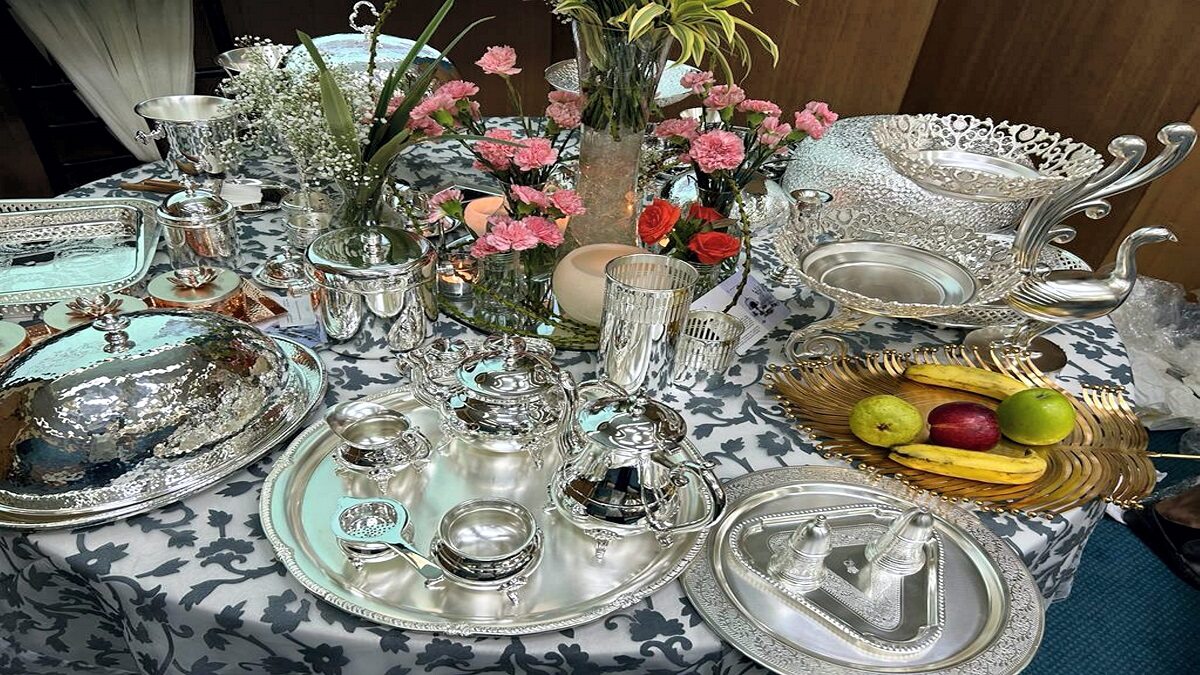
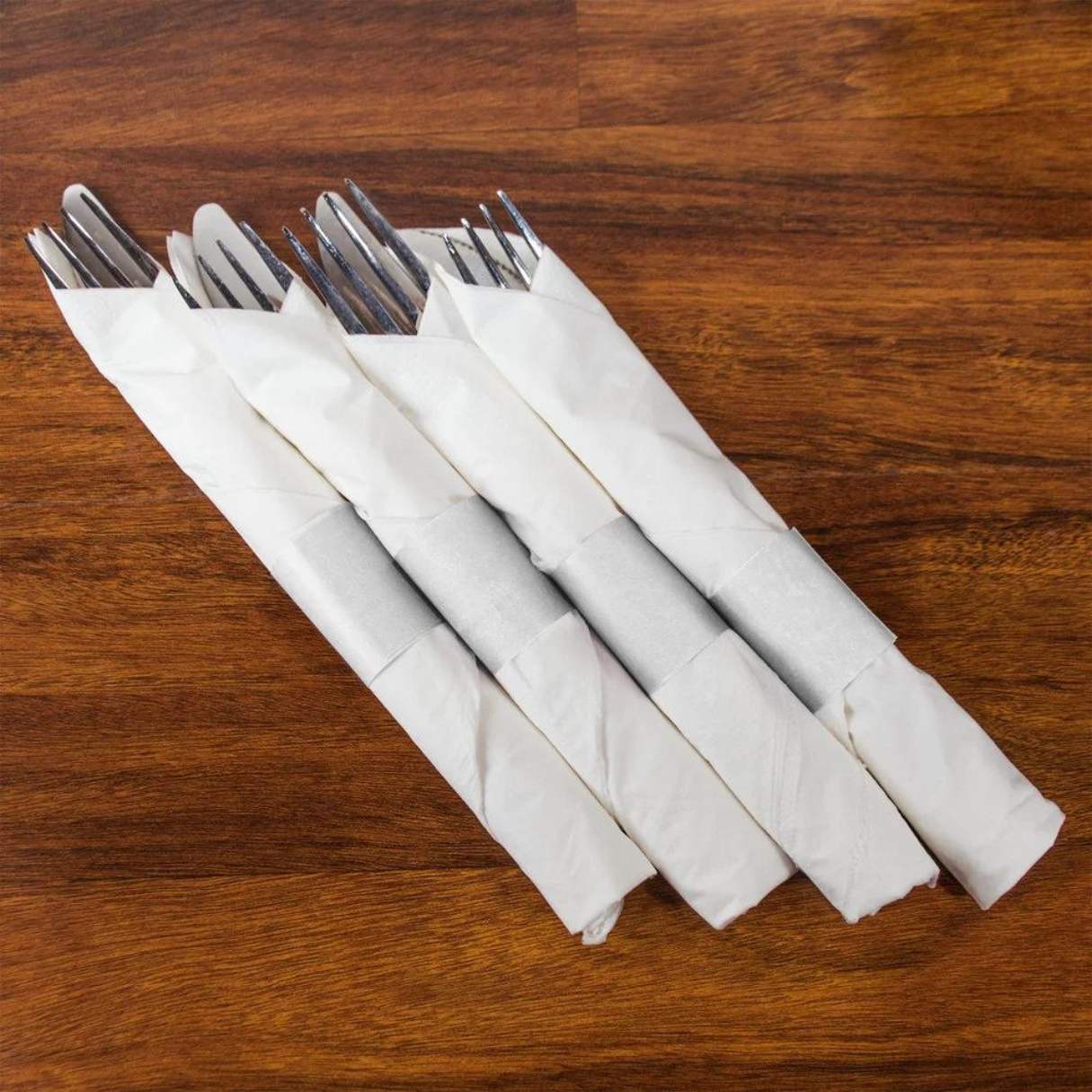
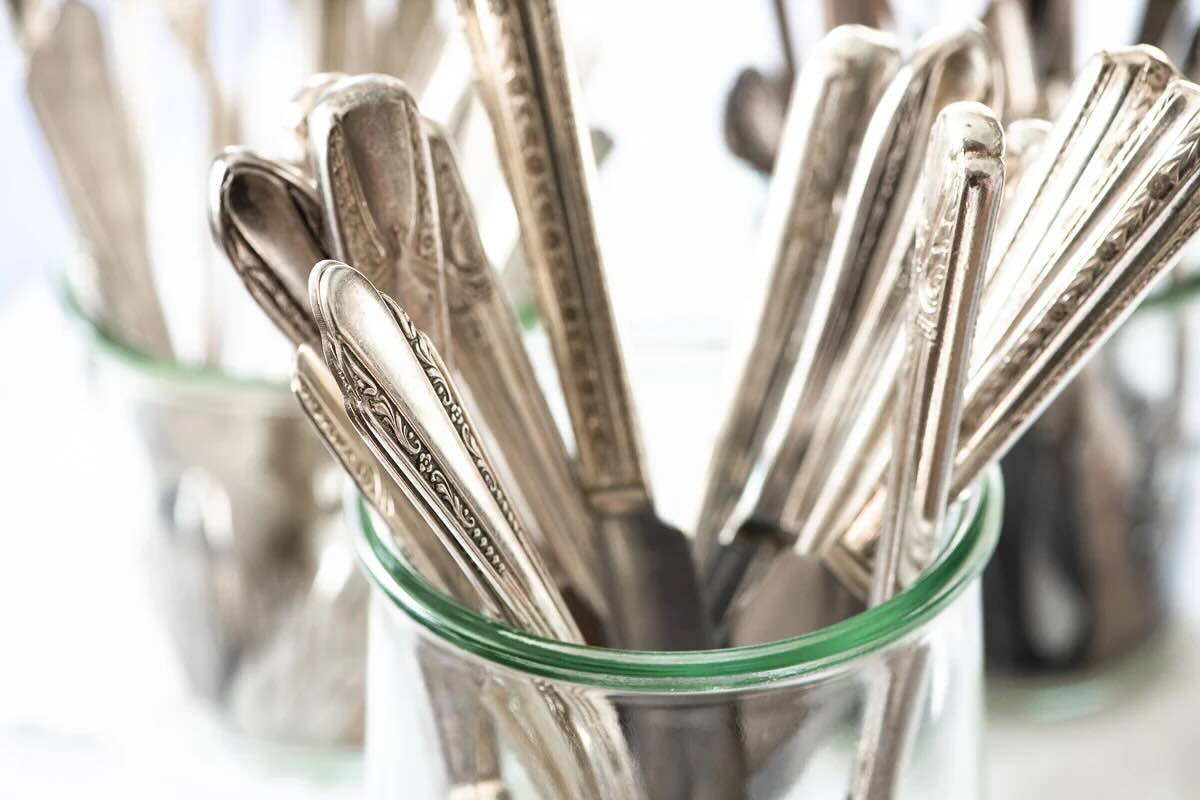
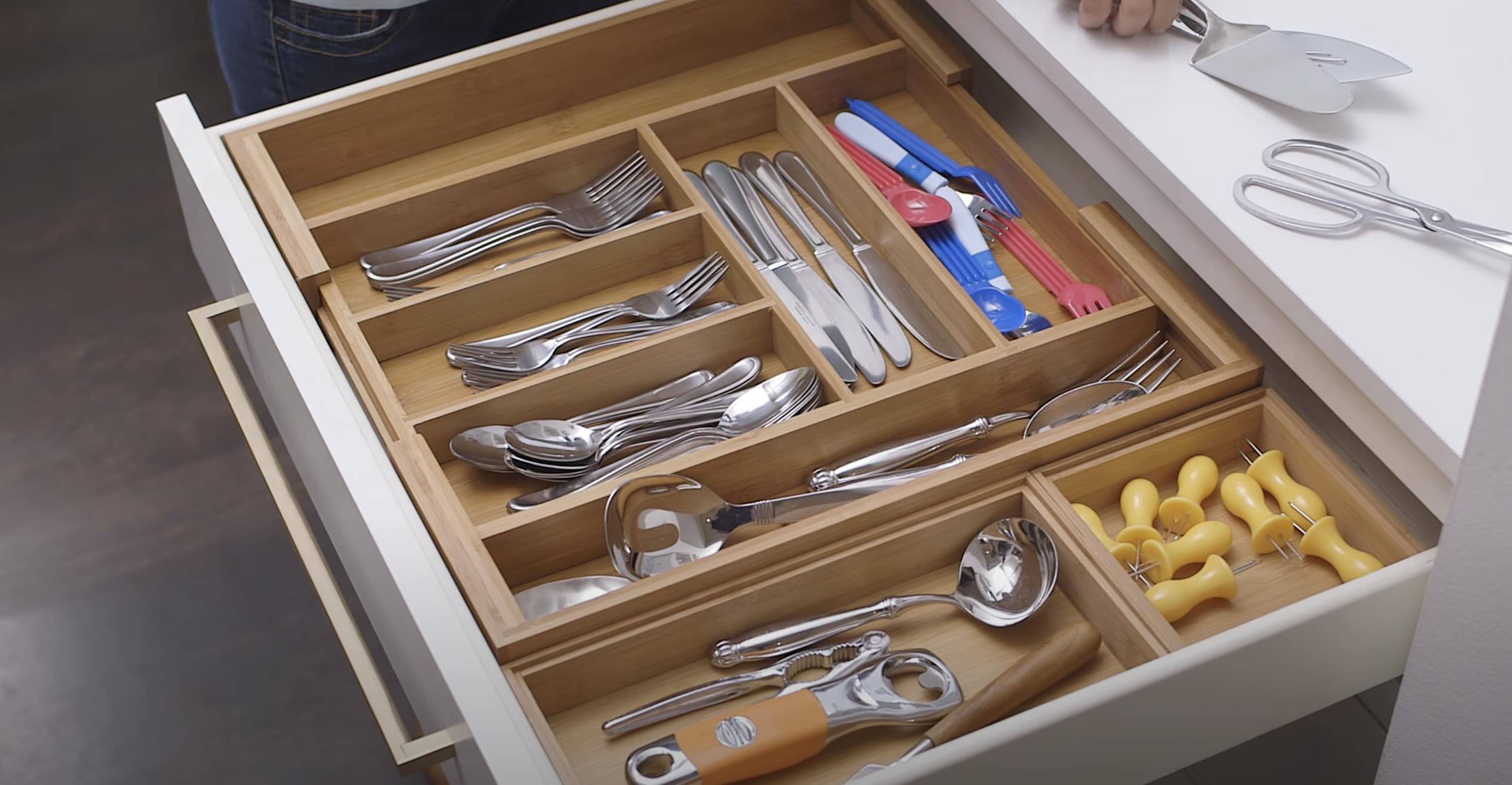
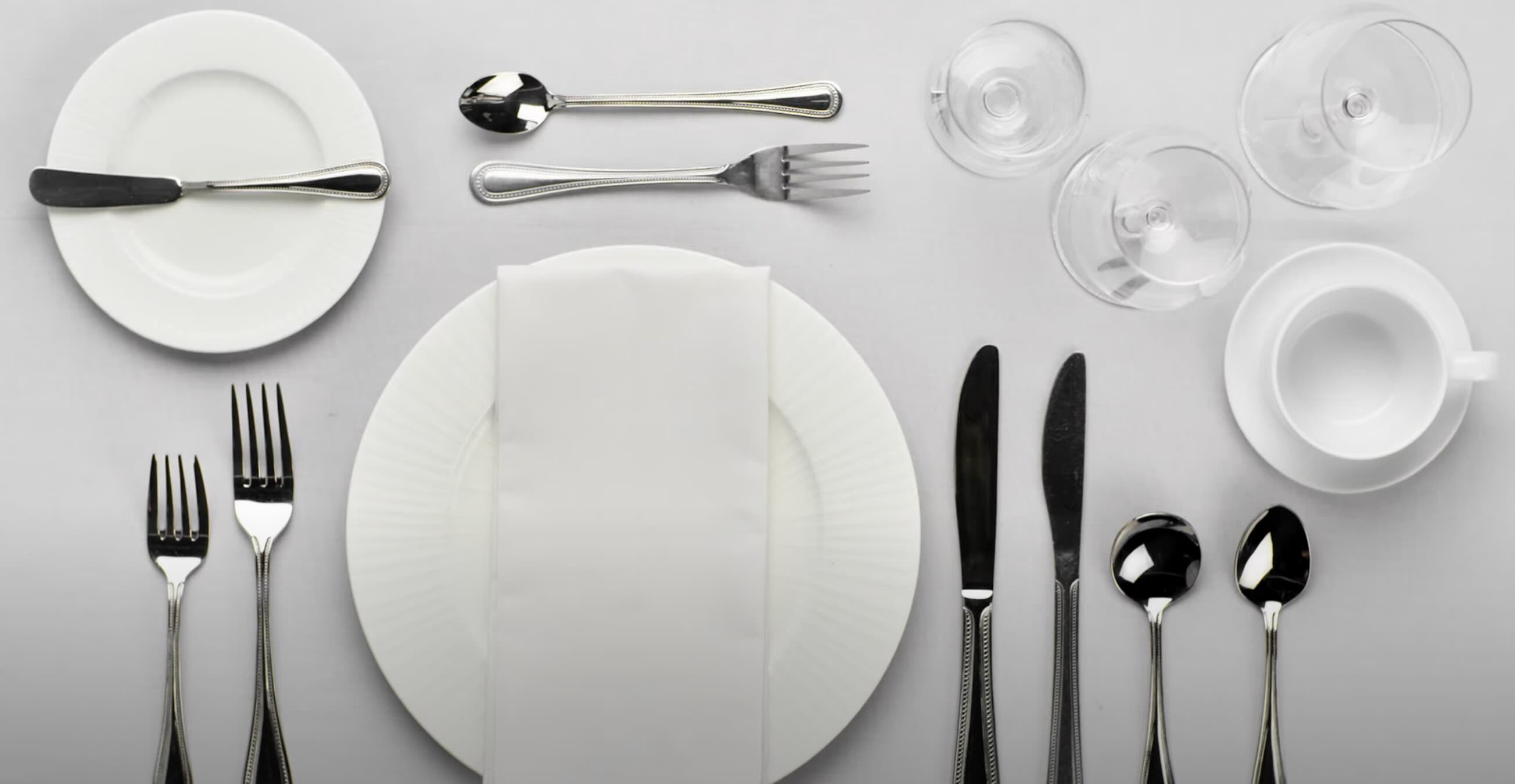
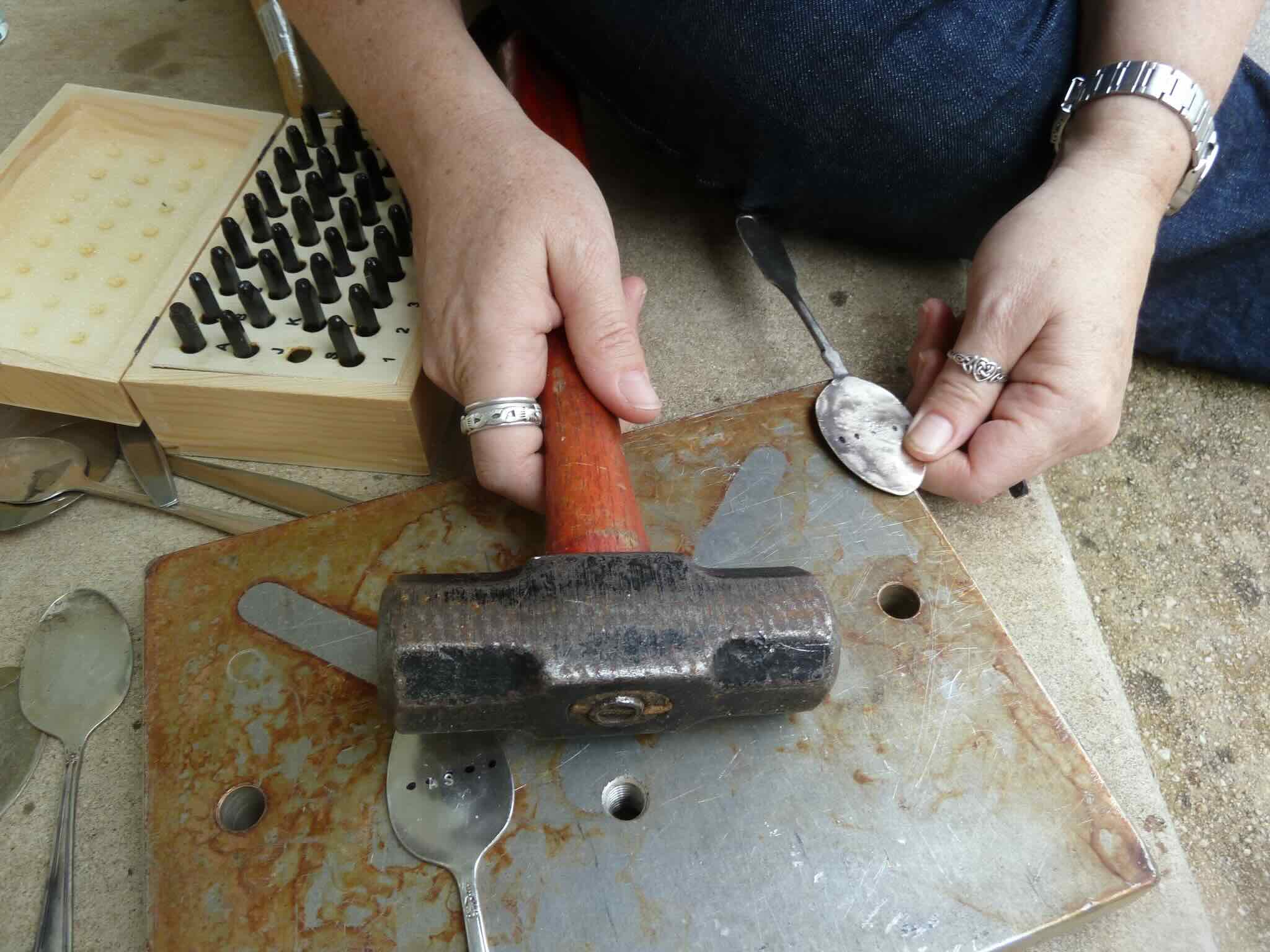
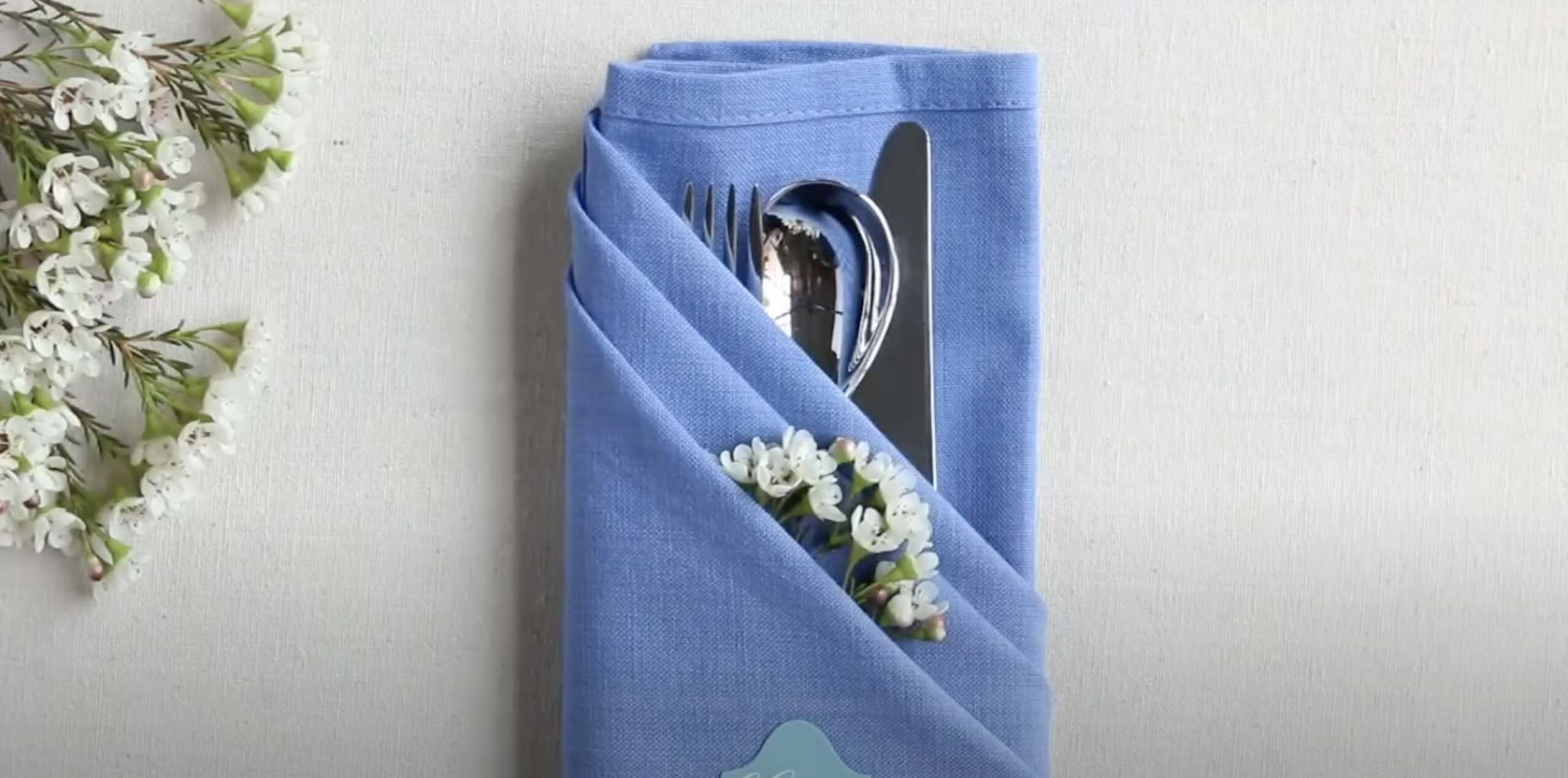
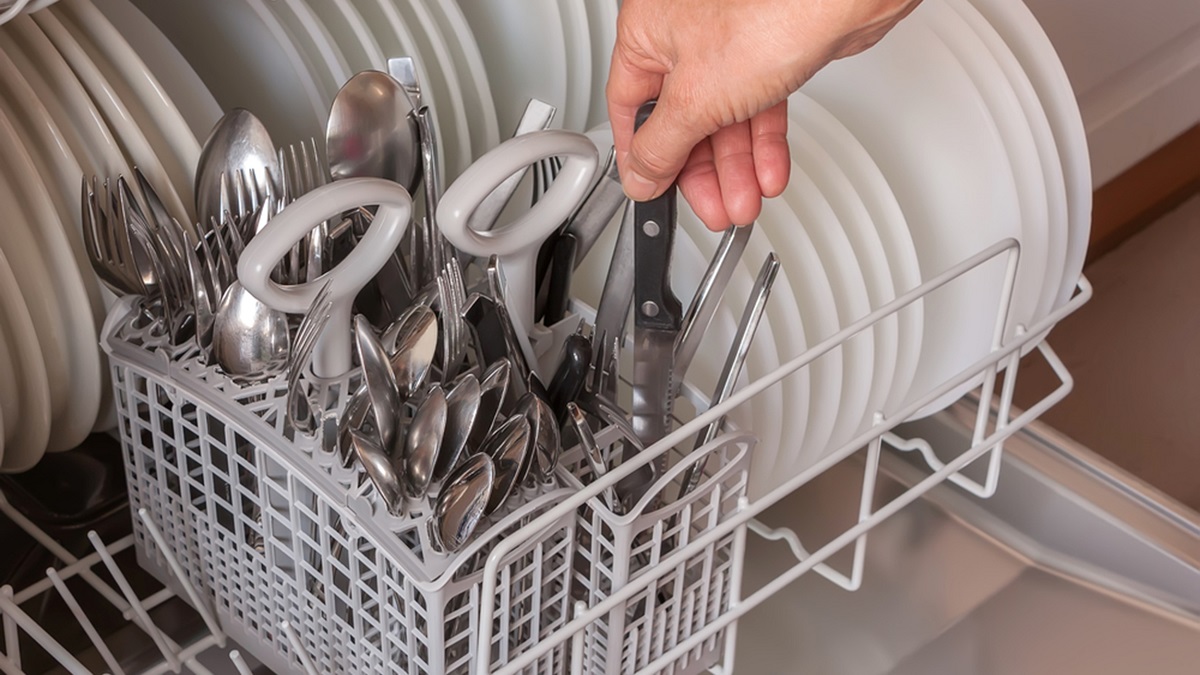
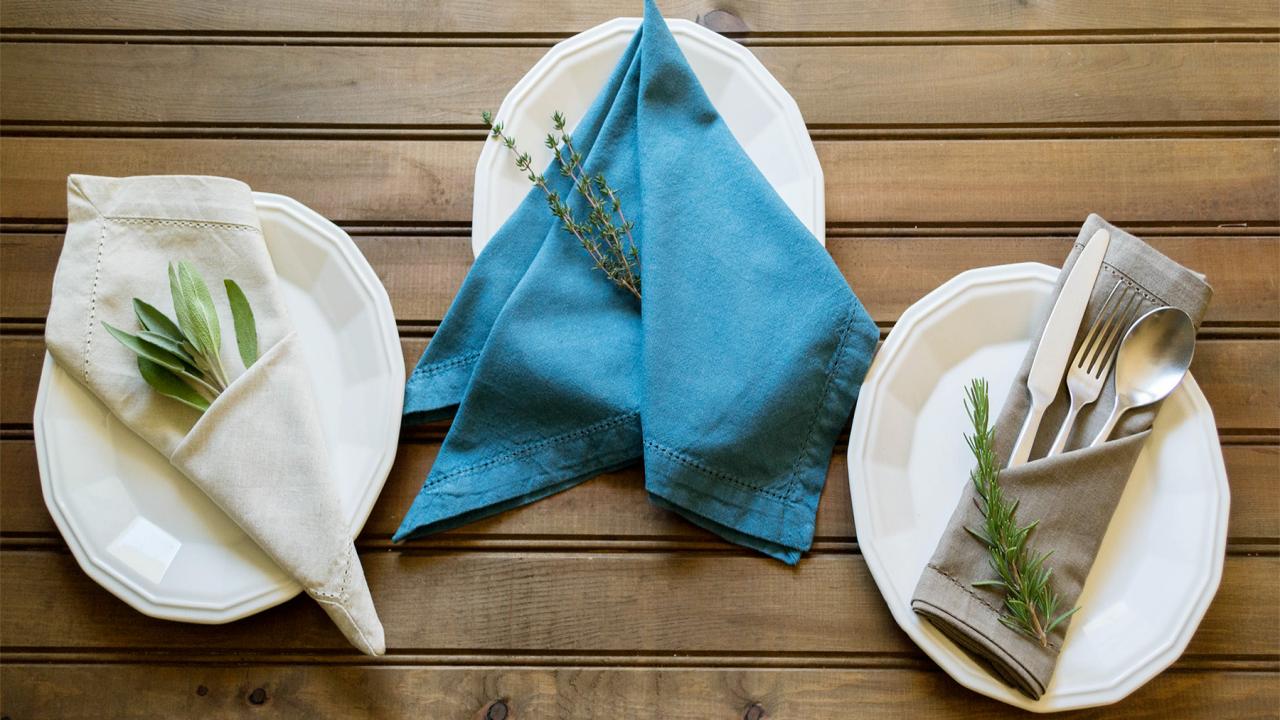
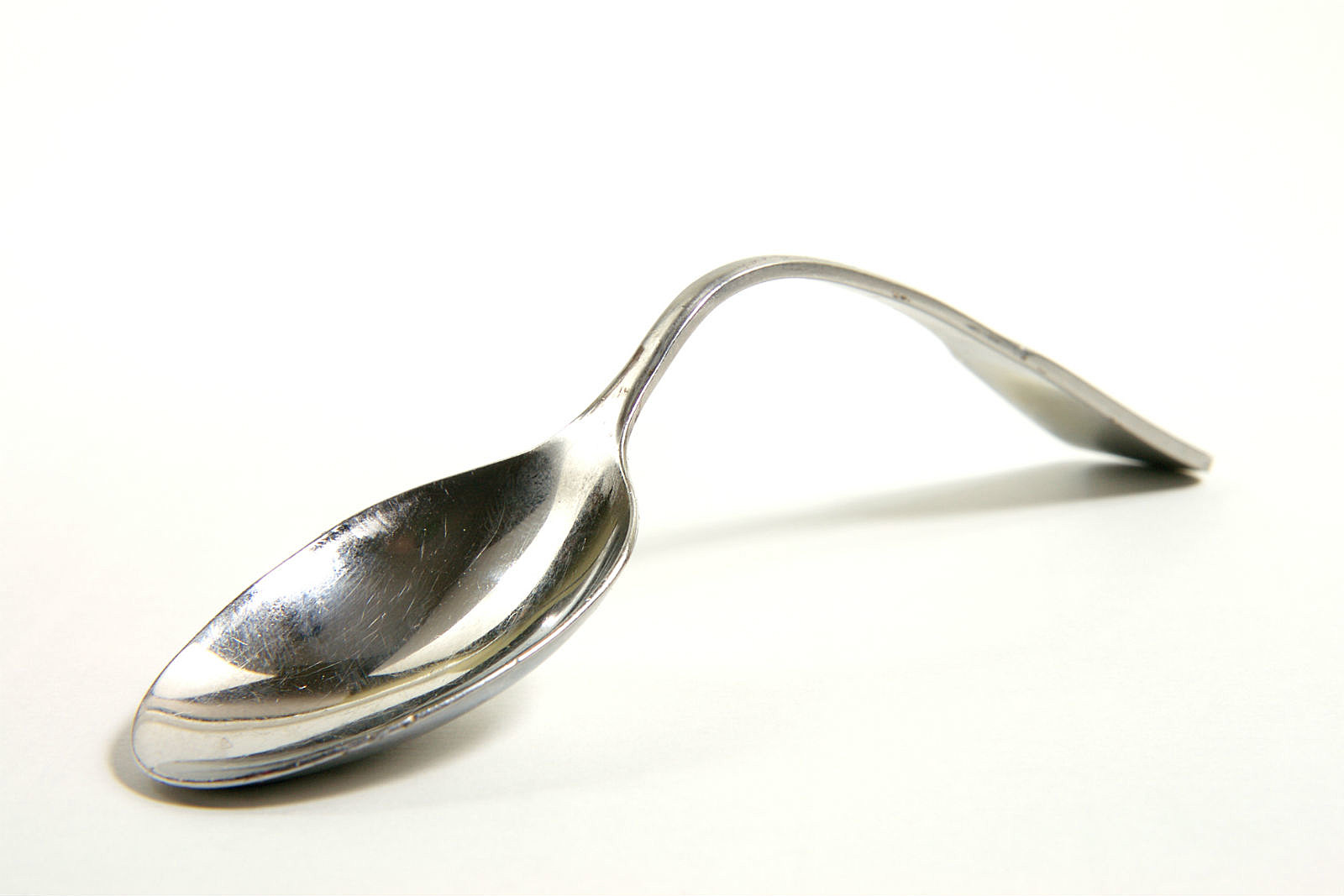
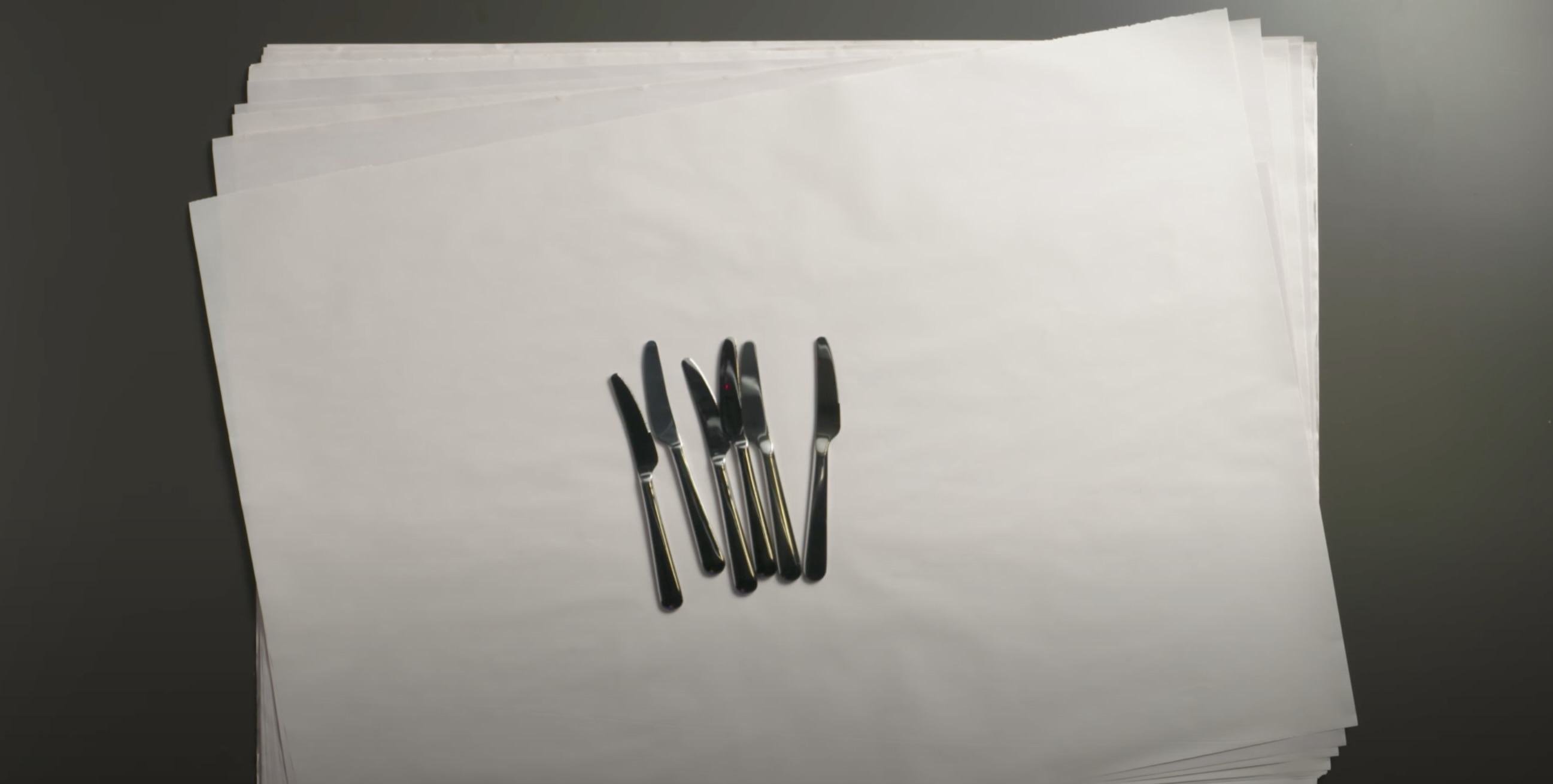
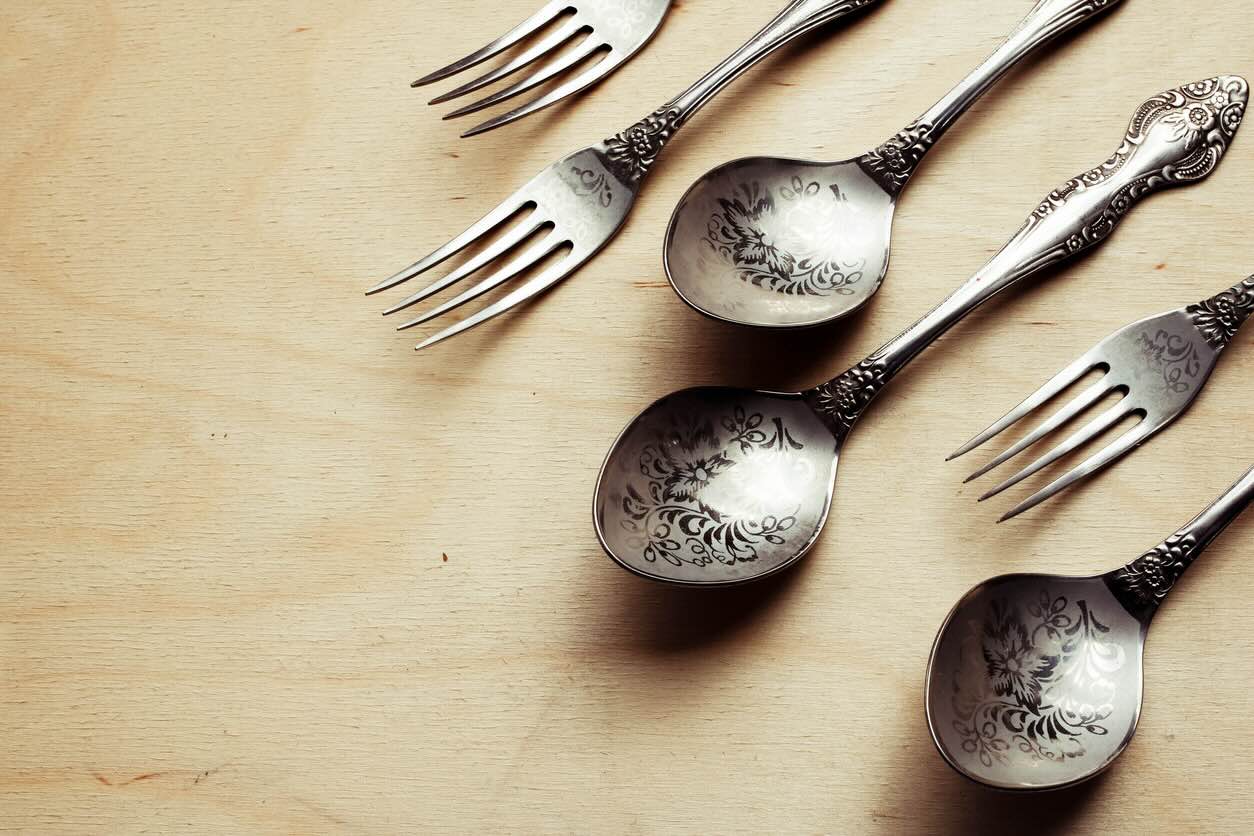

0 thoughts on “How To Choose Good Silverware”